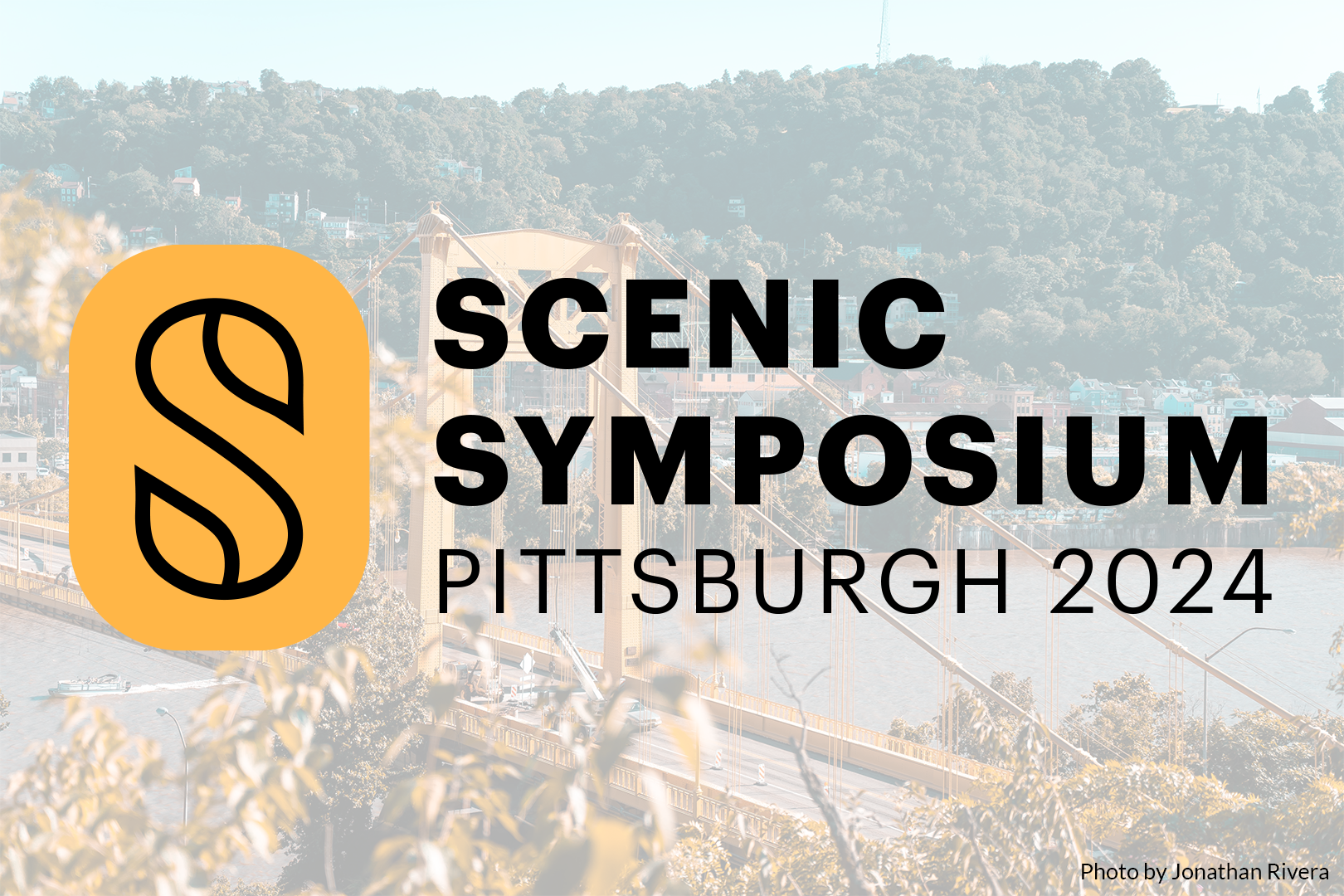The latest edition of the Rutgers Law Review includes a note by law student Susan C. Sharpe — “Between Beauty and Beer Signs” — that argues that digital billboards violate the spirit and letter of the Highway Beautification Act (HBA) of 1965.
After passage of the HBA each state was required to enter into a Federal-State Agreement with the Federal Highway Administration (FHWA) in an effort to help FHWA uphold the legislative intent behind the HBA. Sharpe contends that digital billboards violate the statutory requirements of most FSAs, which limit the size, spacing and lighting of signs to what was customary use at the time the agreement was signed and generally prohibit billboards with blinking, flashing or intermittent lighting.
Since most states executed their FSAs in the late 1960s and early 1970s, courts resolving billboard disputes have had more than forty years to interpret the codified standards, often in the context of constitutional challenges to the agreements. Today, courts must interpret those standards in light of digital technology unimagined when the HBA was enacted. Until recently, no published case had addressed the lawfulness of digital billboards under the HBA. However, in November 2011, the Arizona Court of Appeals decided Scenic Arizona v. City of Phoenix Board of Adjustment, invalidating respondent American Outdoor’s digital billboard permit on the grounds that the proposed “billboard’s lighting violates the Arizona Highway Beautification Act” (“AHBA”), the state’s codification of the FSA it negotiated in 1971. The Court of Appeals decision has been upheld by the Arizona Supreme Court.
Sharpe argues that FHWA’s 2007 guidance memorandum, which opened the flood gates for digital billboard construction around the country, reversed FHWA’s prior, consistent policy on changeable message signs, which held that they were unlawful in states where the FSA bars intermittent lighting. Sharpe concludes that FHWA and the states must properly regulate digital billboards to protect the general public and to preserve natural beauty as mandated by the HBA.
Scenic America has made similar arguments in a long-standing petition for rulemaking submitted by Georgetown University Law Center on our behalf, asking FHWA to issue a rule that defines the phrase “flashing, blinking or intermittent light or lights,” as it is used in FHWA regulations and the various FSAs issued under the HBA. As of August 2012, FHWA has still not issued a formal response to our petition.
Click here to download “Between Beauty and Beer Signs” in its entirety as a PDF.
